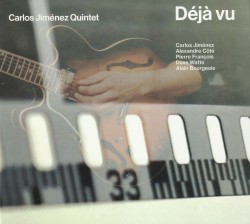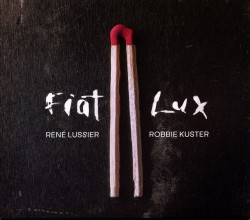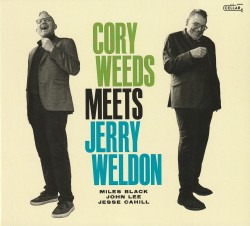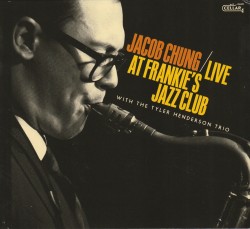Purposing the Air - Ingrid Laubrock
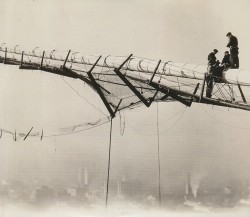 Purposing the Air
Purposing the Air
Ingrid Laubrock
Pyroclastic Records PR38/39 (ingrid-laubrock.bandcamp.com/album/purposing-the-air)
Music is poetic, poetry is musical, theirs is a magical marriage when it happens. Ingrid Laubrock personifies this alchemy, but also shows that there is immense beauty and depth to be found in small things. On one hand, familiarizing oneself with the source text here – Erica Hunt’s Mood Librarian – would greatly enhance its sense of proximity and connection to Laubrock’s piece. On the other hand, there is something to be said for moving in the opposite direction, short-circuiting orderly chronologies, escaping the page before again setting foot squarely within its perimeter. This work’s library defies chronology, it is not a curation of order and sequential notions, but rather of words that cater to the expressive tendencies of improviser pairings, with four singers interacting with either cello, piano, electric guitar or violin.
These duos range from those playing together for the very first time to pairs established enough to have their own name (Duo Cortona), which is a fascinating spectrum in a vacuum but in practice it is striking how imperceptible these differences are. Beyond responding to Laubrock’s compositional outlines, the musicians allow each word of Hunt’s koans their own space to embody fullness, leaving room for boundless rendering of feeling. There is so much feeling in fact, that it is all too easy to overlook that for each koan only about two lines are being read. Every voice is an instrument and every instrument a voice. Trajectories are charted, but the intersecting currents influence them just as palpably.


